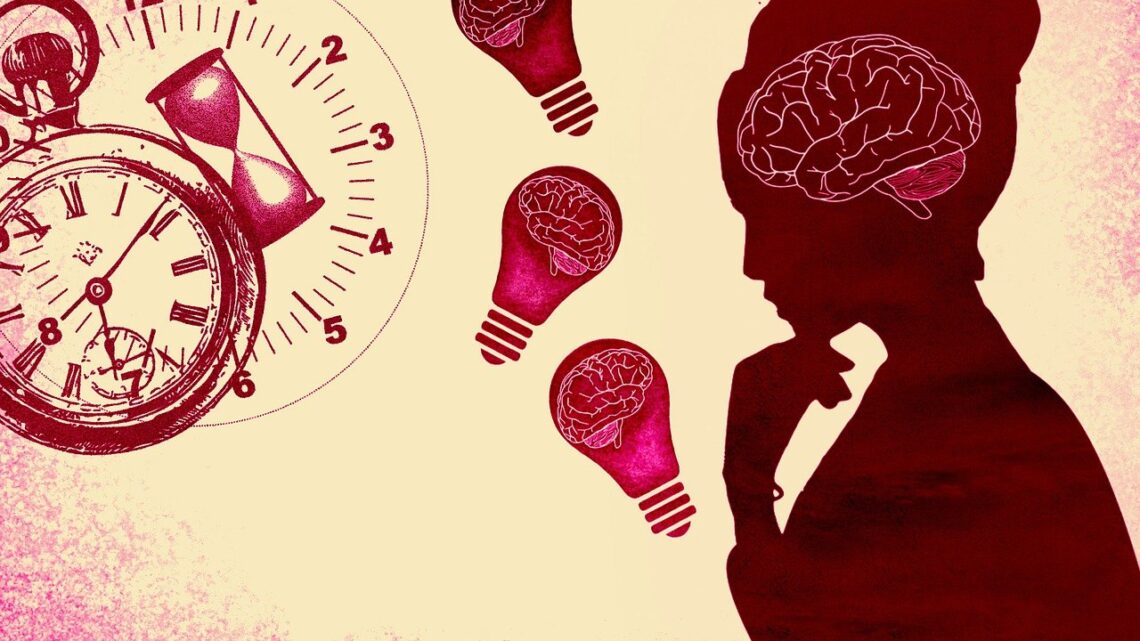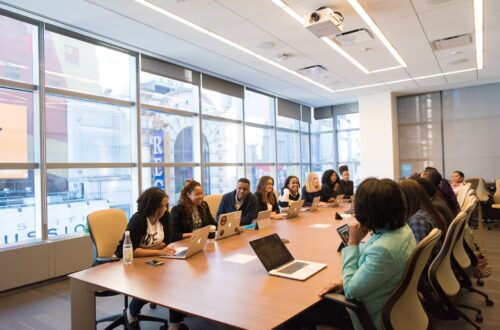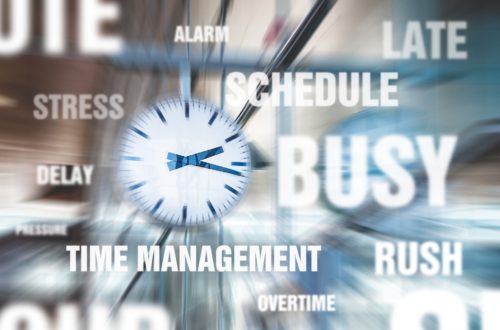
5 Misconceptions That Get In The Way Of Sustainable Success
Over the years, through my coaching work with the tech leaders and executives, I helped them uncover some of their misconceptions and limiting behaviors. Even though they were already successful in their careers, they accelerated their success more sustainably when they recognized and overcame such patterns. I have summarised the five main ones here.
Misconception 1: Starting with Others’ Expectations
We often start with what is expected of us and then comply with those – giving our time and talent in exchange for money, status, and validation. This mindset works for jobs mainly requiring manual labor and physical presence at the worksite. However, as knowledge workers and leaders, we must be creative and solve new problems. This compliance mindset doesn’t go far if we manage ourselves and others like this.
This mindset can meddle even when our bosses and superiors give us a choice; internally, we think they are just sugarcoating what they expect. For example, during my early career days, I thought when my boss asked me for something, my answer should always be yes. Later, when I shared this with him, he said that was not his intention and “No would have been a fine answer too.”
Of course, there are expectations we should be aware of and honor, but that shouldn’t be the only driver when we want to excel. Combining our intrinsic motivation and leveraging our strengths with our job responsibilities helps us engage more and produce impactful results.
Misconception 2: “I have to Ace all the Areas at Work.”
While in grade school, being a good student meant doing well in every class. It demonstrated our competence and success and informed how we rank among our peer groups. Unfortunately, when we carry the same mindset at work, it sometimes leads to unhealthy pressure.
Mary (not her real name), a senior business development professional, felt she was not as good as her peers. I brought it to her attention that while her peers had a unique strength, she also had hers. When Mary remembered her superpower, a smile appeared on her face, and within one month, she turned around some of her most challenging accounts. Later she laughed, saying her most significant learning was that she didn’t have to get an ‘A’ everywhere, and a ‘B’ was just fine. Releasing such expectations helped harness her innate strengths.
Misconception 3: Mixing The Desire to Excel with Competitiveness
A senior director told me his competitiveness drove him to do his best. But when I heard the story of his “wins,” I noticed that he was striving for excellence (growth mindset) which resulted in achieving the highest score. He agreed. That awareness brought him a more grounded energy than the adrenaline rush he used to push him. As a result, he felt more peace and happiness.
Our competitive mindset drives us to do better than our peers, which may be acceptable. But a competitive, win-lose attitude could encourage behaviors hurting relationships and create unproductive drama.
Misconception 4: “I Have to Be Connected All the Time”
Everyone these days has a hard time managing their attention – our biggest source of distraction is in our own pockets. It is also a source of our connection and belongingness. It fuels our need for social connection.
Our brain wants easy – it is easier to browse the newsfeed or social media feed than to focus on a book or, even worse, on writing an article or solving an engineering problem. We want connection: Whenever we get a few minutes, we check our social media feed to “see” what others are up to or how my friends react to my vacation photo. For work, it means checking emails, Slack, or Teams notifications.
We can’t work at a stretch for 8-9 hours; our brains need frequent breaks. We get tempted to check the feeds when we want a break from the attention-intensive work. But It doesn’t give us the break our brain needs – it overloads it instead. Taking a snack break, stepping outside, or even a quick nap is much more effective in resetting the brain for the next challenge.
Misconception 5: “I Shouldn’t Share Ideas Until it is Fully Formed.”
Very often, this misconception holds back people from sharing their initial ideas. Especially introverts need time to think through things before sharing. So while more time helps improve it, it could be a crutch too. Sometimes the fear of “it is not complete” could get in the way of collaboration. And even worse, we might be seen as incompetent if we never express our early, unfinished thoughts. The great ideas we see today started as a much different version. With time and feedback, it evolved. If you are unsure if the idea is worth sharing, you may share it with a disclaimer like it is an “early thought” or “work in progress.”
I hope these five misconceptions provoked some thoughts. Which of the above resonated most with you?
Join me for free coaching this week on Friday at noon PT/3p ET – register for Coffee w/A Coach.




